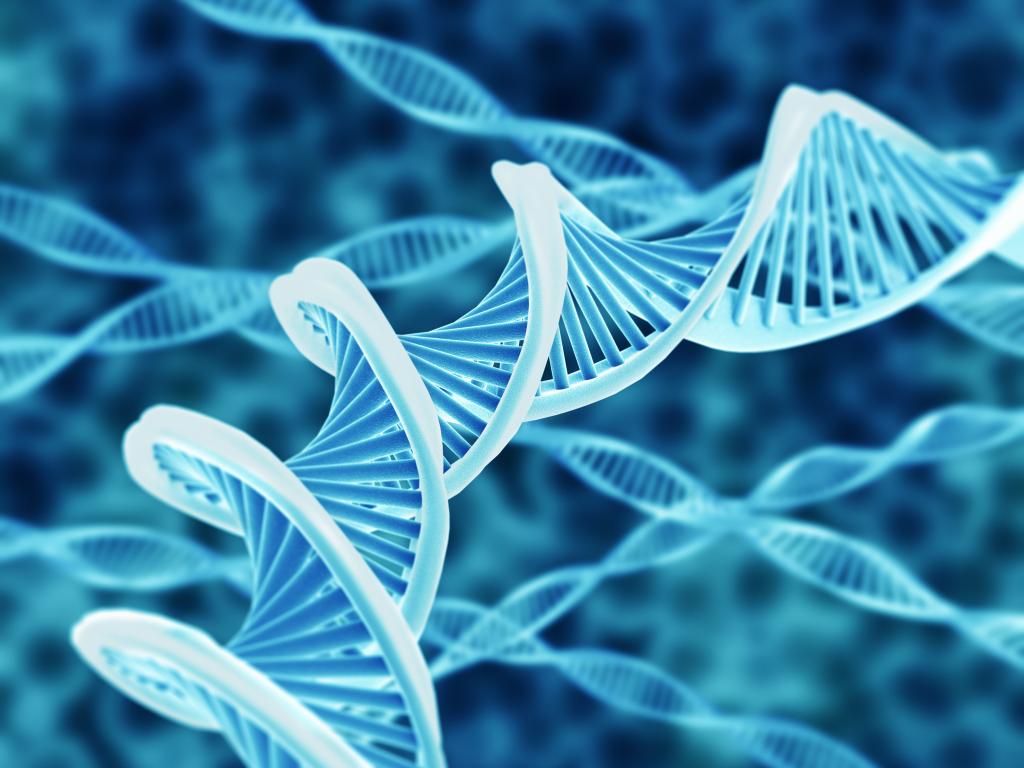BIG BUDGET
= BIG BREAKTHROUGHS
Although
originally established 50 years ago, to spearhead military research and
development, the Defense Advanced Research Projects Agency (DARPA) has been the
creative force behind many things civilians now take for granted, such as the
internet and GPS, and for the past three years, DARPA has been busy working on
other types of projects that could also have major repercussions beyond the
battlefield.
Fot1.
https://futurism.com/wp-content/uploads/2017/01/Luke-Arms-DARPA-1200x800.jpg
In April
2014, DARPA established the Biological Technologies Office (BTO) with a mission
to “harness the power of biological systems” to help design defense technology.
Although the agency was already involved in research at the intersection of
biology and engineering, with the establishment of the BTO, DARPA’s biological
work found a dedicated home.
With a
budget of about $296 million last year, researchers at the BTO have been doing
work in areas such as memory improvement, human-machine symbiosis, and how to
speed up disease detection and response. In a recent interview with Scientific
American, BTO chief Justin Sanchez said he hopes to see the fruits of the
office’s labor soon and shared details on what we can expect for 2017.
BIOTECH ON
THE HORIZON
Fot2.
http://marketexclusive.com/wp-content/uploads/2015/10/shutterstock_160259612_2.jpg
One
project, Living Foundries, aims to develop programmable microbes. Essentially,
the goal is to be able to program microbes in bacteria and yeast to produce
compounds needed to develop medications on the fly. “That program set out to
produce 1,000 new molecules throughout the duration of the program [which has
three years left], and the teams are well on their way,” said Sanchez. “I
believe they have produced close to 100 new compounds already using these new
pathways.”
Still
other projects are on their way for 2017, including ones focused on what
Sanchez calls “Outpacing Infectious Disease,” which has been pioneering new
work in DNA and RNA approaches to immunization. “The idea is that you can tell
your cells that produce antibodies what the right code is for producing the
antibodies that would be effective against a pathogen,” Sanchez explained. It’s
something DARPA hopes to make important announcements on this year.
Fot 3.
https://i0.wp.com/cdn.makezine.com/uploads/2014/05/arm.jpg
Then there
are the Luke prosthetic arms with the obviously “Star Wars”-inspired name.
Recently, DARPA delivered the first two commercially available Luke’s to the
Walter Reed National Military Medical Center. This project sets the foundation
for developing a “wide variety of devices that can be controlled via neural
activity,” says Sanchez. Specifically, the BTO is exploring cognitive
assistance.
What do you think about the future
of Bioweapons?
Do you think that development of
biological warfare will benefit civil areas and live of common folk?
Resources:



Comments
Biotechnology is a field which may our lives much easier but also can have some unexpected negative effects.
I hope that this inventions will bring only the positive effects.